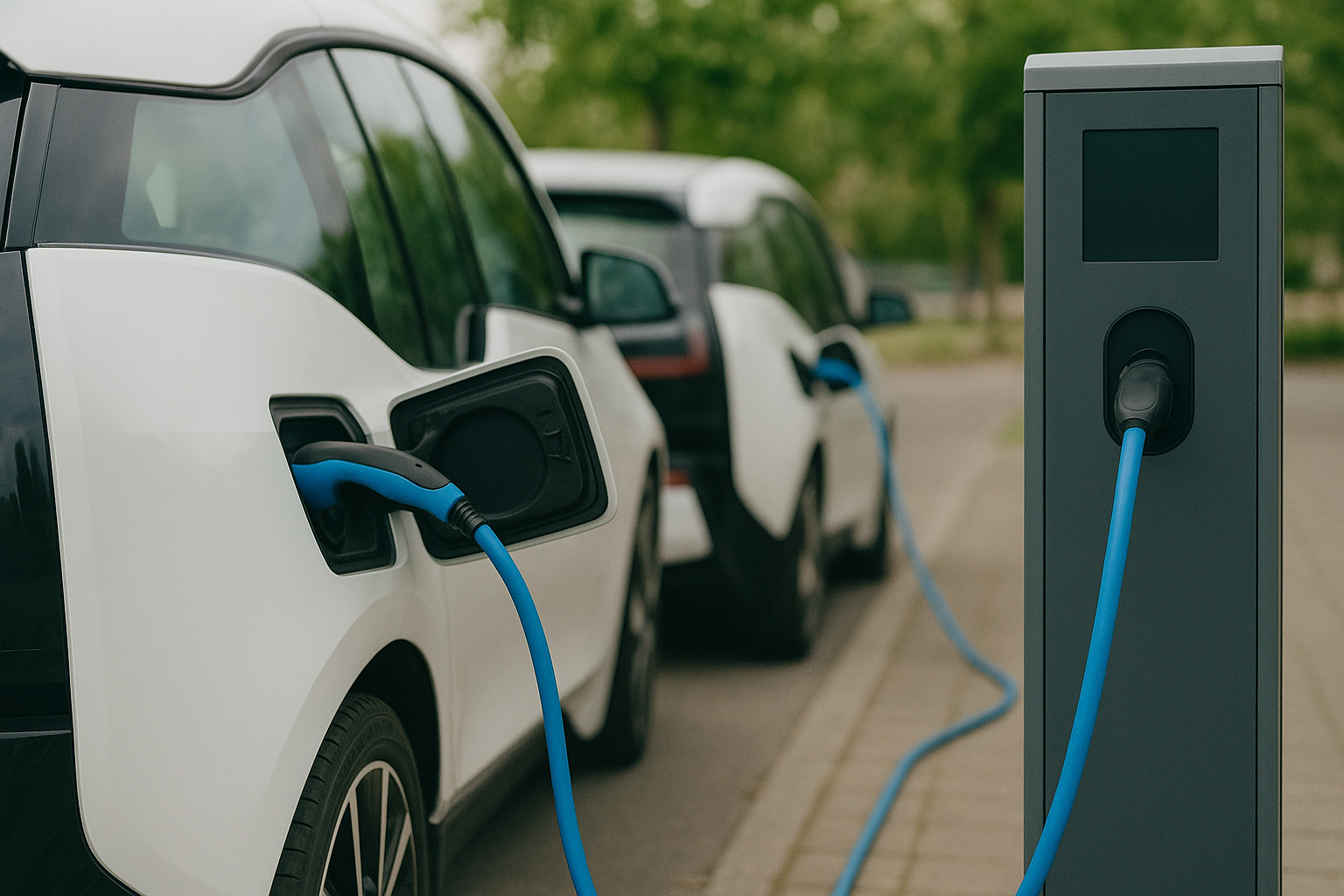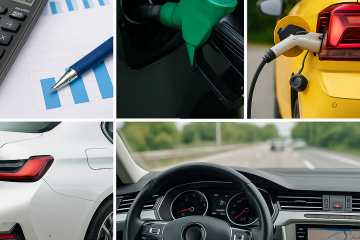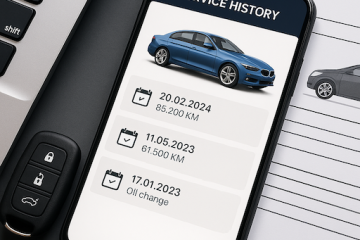Market Insight: HMRC update underscores the complexity of EV running costs

HMRC has apologised after making a mistake in calculating the new advisory electricity rate for public charging, effective from September 1.
The new rate of 14ppm, originally announced as 12ppm, has been calculated using the Zapmap public charging price index monthly published figure for slow or fast chargers (charging speed less than 50 kilowatts) uprated with the latest estimate of electricity prices from the Office for National Statistics, and is based on an average electrical efficiency figure (weighted by car sales).
| Charging location | Electrical efficiency miles per kilowatt-hour (weighted by car sales) | Electricity cost per kilowatt-hour (pence) | Rate per mile (pence) | Advisory electric rate |
| Home charger | 3.59 | 27.04 pence | 7.52 pence | 8 pence |
| Public charger | 3.59 | 51.00 pence | 14.19 pence | 14 pence |
source: https://www.gov.uk/guidance/advisory-fuel-rates
While advisory rates are intended to streamline reimbursement policies, their reliance on average figures fails to reflect the wide variation in tariffs and efficiency.
Illustration: Hyundai IONIQ 6 Long Range 2WD Pence Per Mile
| Charging | City Driving | Motorway Driving |
| Home (smart) 7p kwh | 1.16-1.82p | 1.78-2.35p |
| Home (standard) 25.73p kwh | 4.27-6.69p | 6.56-8.65p |
| Public (motorway) 85p kwh | 14.11-22.1p | 21.68-28.56p |
sources: EV Database real efficiency + One Auto API benchmark electricity tariffs
If the majority of EV journeys can be undertaken on a single charge powered by home charging, it follows that the need for public charging is on longer motorway journeys where costs per kilowatt-hour are at their highest, and electrical efficiency is at its lowest – risking leaving drivers significantly out of pocket.
Conversely, company car drivers who only undertake short local journeys on business and are able to charge on a smart tariff will find little to complain about whilst being reimbursed at 8p a mile.
HMRC advises a higher amount than the advisory rates can be paid as long as you can show that the fuel cost per mile is higher – although their guidance is silent on how fleets should measure and evidence the cost of individual journeys.
Fleet decision makers using whole life costs need to consider that the overall cost of reimbursement is likely to exceed advisory rates, and similar challenges exist for retail car buyers who may find electric vehicles do not deliver the expected level of fuel savings, particularly in relation to longer motorway journeys.
Fleets and car buyers both require smart solutions, underpinned with accurate real-world data to support decision-making – and for fleets there is an additional need for fair, evidence-based fuel reimbursement practices supported by technology that does not increase their administrative burden.
Here to Help
If you need help implementing data driven strategies – or delivering new products and features – our expertise and unparalleled access to data will help you achieve speed-to-market, at a lower cost.
Book a free 30-minute consultation to see how we can work together to keep your business ahead of the curve.


